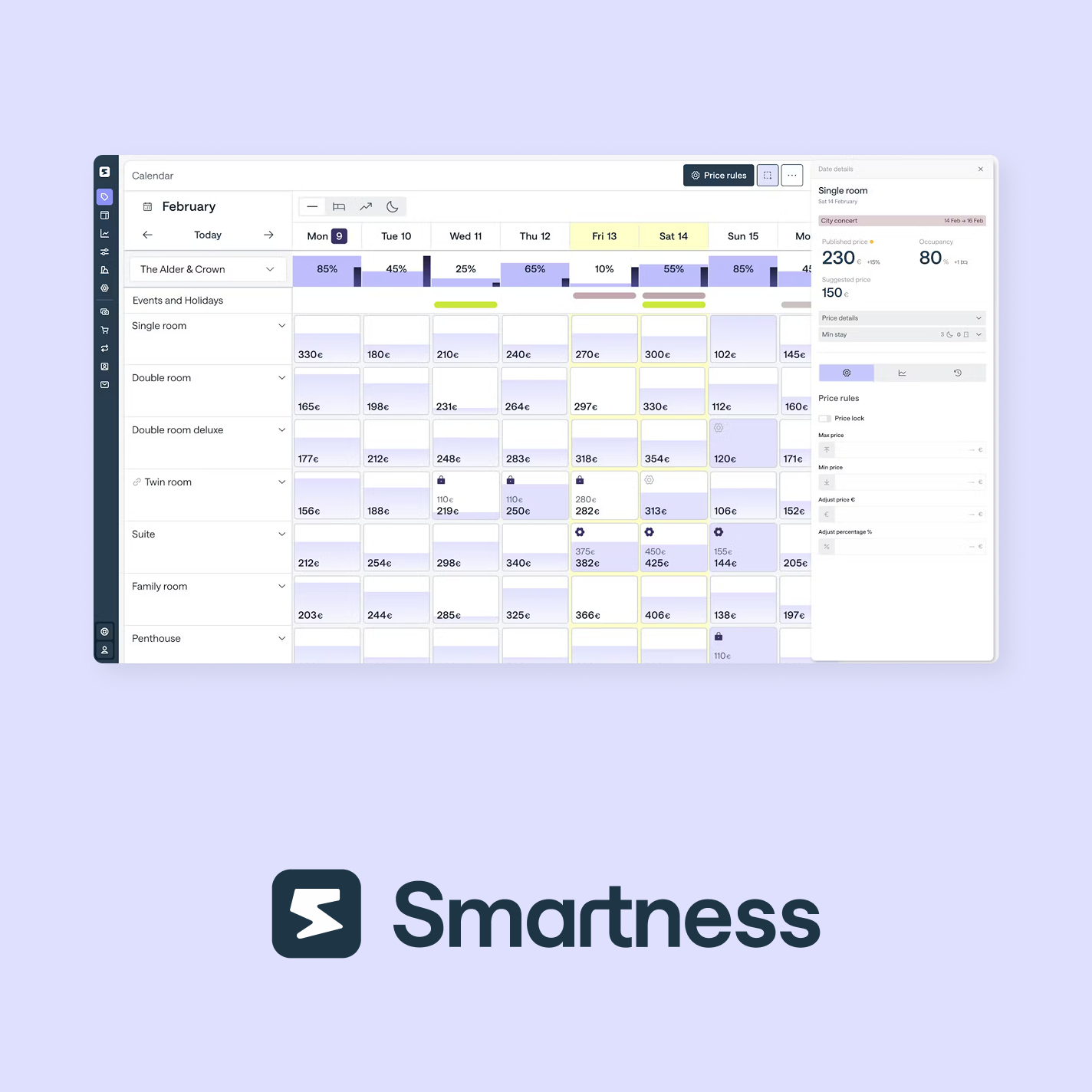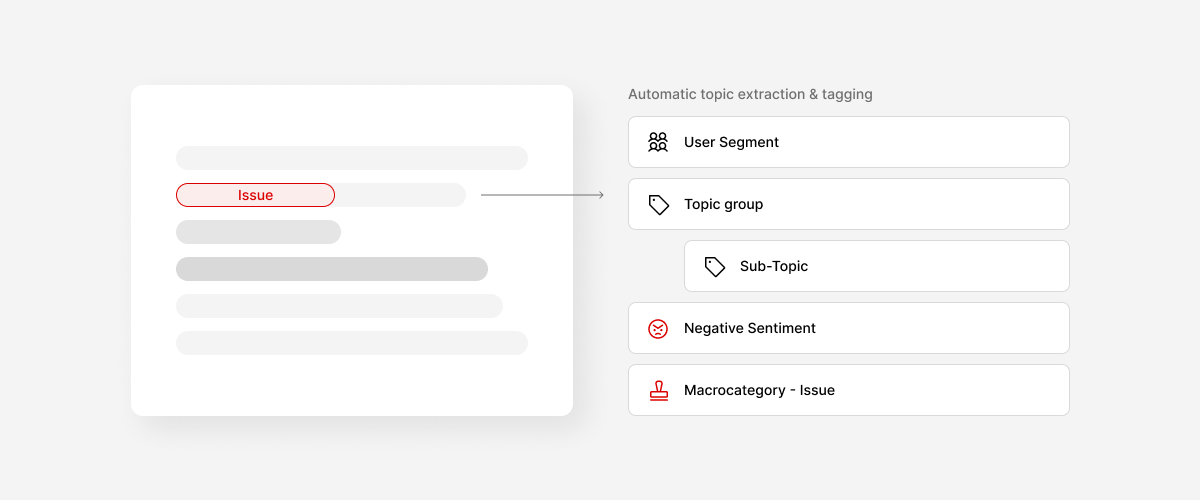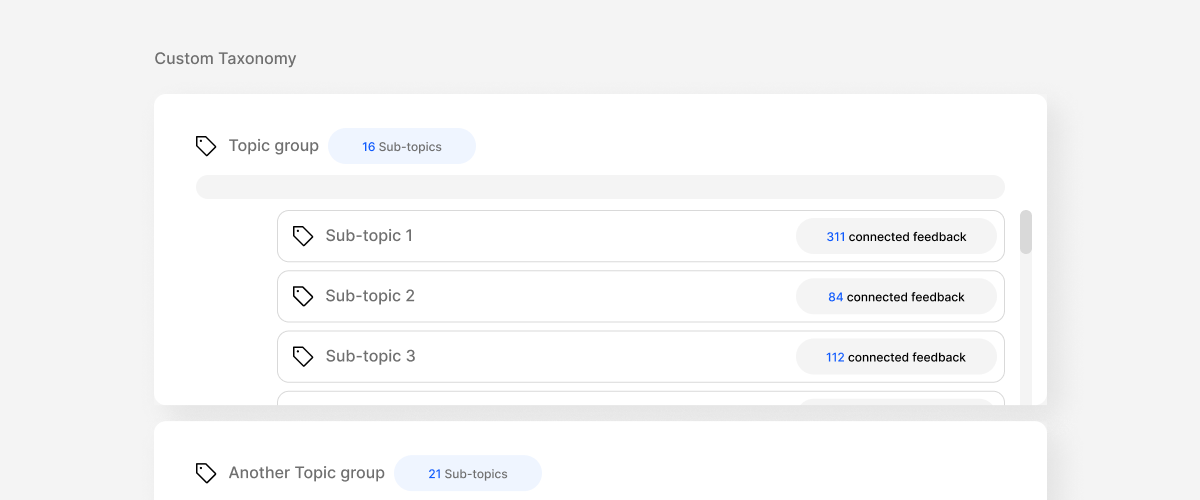Putting Customers First: A Guide to Customer-Centric Product Management
The Heart of Success: Customer-Centricity
In the world of product management, prioritizing the customer is paramount. This customer-centric approach ensures that every decision, from concept to development to iteration, revolves around meeting users' needs and exceeding expectations. By putting the customer at the core, product managers unlock the potential for:
- Higher Customer Satisfaction: When your product aligns with their needs and preferences, satisfaction naturally rises.
- Increased Loyalty & Retention: Happy customers become loyal customers, staying with your product and driving long-term success.
- Product-Led Growth: Satisfied customers become your best marketing force, recommending your product to others and fueling organic growth.
Experiencing the Customer Journey:
To cultivate this understanding, product teams can engage in various customer-facing activities:
1. Customer Support/Technical Support:
- Treasure Trove of Information: These teams handle onboarding, service issues, and workarounds, providing valuable insights into user challenges and pain points. Shadowing and listening to calls allows product teams to empathize with both customers and support representatives.
- Power Users & Advisory Boards: Technical support can connect you with power users who can offer valuable perspectives through advisory boards. These boards help understand how customers use your product, what features they value most, and their overall experience.
2. A Day in the Life of Your Customer:
This monthly activity involves observing customers' entire process of using your product. By joining cross-functional teams (engineering, design, marketing) in these sessions, you can gain a deeper understanding of customer motivations, concerns, and pain points. This fosters empathy and guides product development and marketing strategies.
3. Focus Groups:
Focus groups allow gathering direct customer feedback on existing products or new concepts. Partnering with market research firms can facilitate these sessions, providing insights into customer reactions, thoughts, and feelings which inform messaging and marketing strategies.
4. Usability Studies:
Usability testing is crucial for uncovering UI/design challenges before development and launch. By conducting these studies early, product and design teams can improve the user experience and anticipate how other customers might interact with the product.
5. Behavioral Science Firms:
While we often assume customers make rational decisions, behavioral science firms can help bridge the gap between what customers say and what they actually do. By understanding these behavioral patterns, product teams can design and build products that offer true value to their users.
6. Surveys:
Product leaders can partner with product marketing managers to conduct surveys and gain valuable insights into customer opinions and perspectives. This information can influence the product roadmap and prioritize addressing pain points over adding new features, demonstrating a commitment to solving customer problems and building trust.
7. Marketing Collaboration:
Partnership with the marketing department provides insights into buyer personas, user personas, and ideal customer profiles. This understanding helps product leaders discover how to position the product to empower these individuals and decision-makers within their organizations. Additionally, marketing teams can offer valuable competitive intelligence to inform product strategy.
8. Win-Loss Interviews:
Win-loss interviews help understand why prospects choose (or don't choose) your product. This valuable information reveals insights into competitive gaps, customer needs, and areas for improvement. By analyzing these insights, product teams can make informed decisions to enhance their product and win more deals.
Building products that improve lives and contribute to a better future requires customer-centricity at the core. By understanding customer experiences through various methods, product teams can develop solutions that address user needs, build trust, and achieve long-term success. Remember, a customer-centric approach is not just a mission statement; it's the DNA of successful organizations, fostering loyal customers who feel genuinely valued.

Building Customer-Centric Products: A 5-Step Guide
Here's how product managers can build products that truly resonate with their users:
- Know Your Audience: Conduct market research, gather user feedback through surveys and interviews, and delve into customer data to gain a deep understanding of your target audience's needs and priorities.
- Craft Customer Personas: Translate your research insights into detailed customer personas. These personas act as fictional representations of your target audience, encompassing demographics, pain points, and goals.
- Partner with Your Users: Integrate your customers into the product development process. Actively seek their feedback, involve them in prototype testing, and incorporate their ideas and suggestions into the final product.
- Listen Continuously: Maintain a customer-centric approach by constantly gathering and analyzing feedback. Utilize surveys, focus groups, user testing, and social media monitoring to stay in tune with your user base.
- Iterate & Refine: Leverage customer insights to continuously iterate and improve your product. Adapt features, user interface, and the overall user experience based on your learnings.
By embracing these steps and prioritizing your customers throughout the product lifecycle, you'll be well on your way to developing products that not only fulfill user needs but also drive overall product success.
Customer-centricity should be front of mind for all Product Managers from the first brainstorming session right through to post-launch analysis.



























